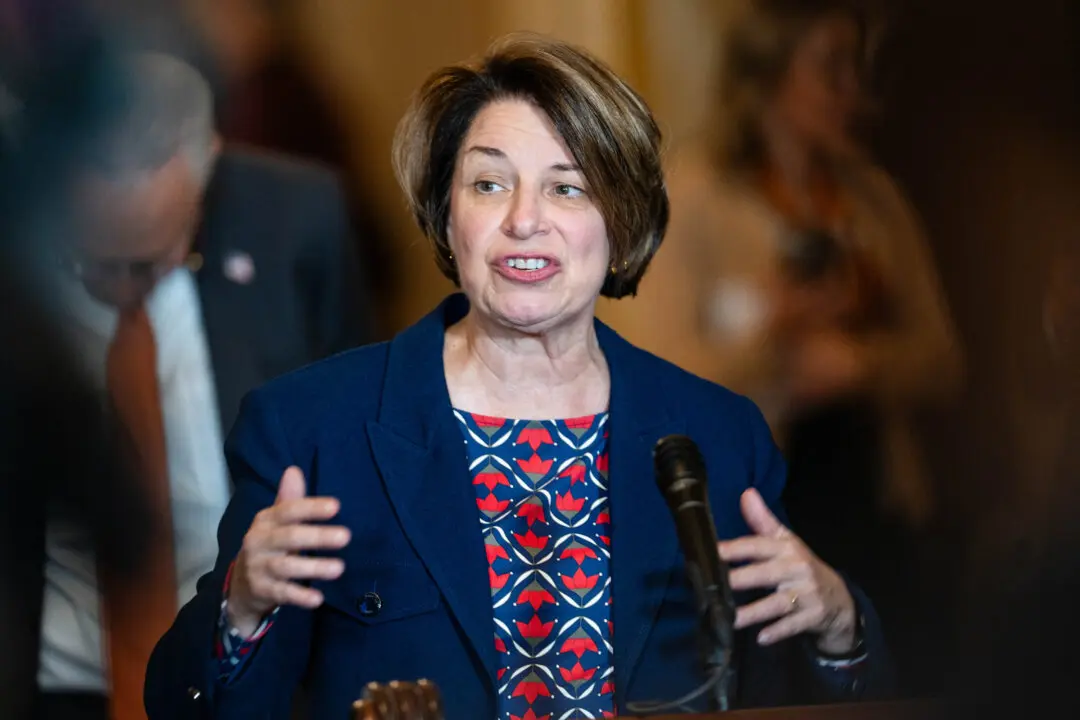A buyer has been found for failed lender Silicon Valley Bank (SVB), with 17 former branches opening under First Citizens Bank on March 27, the Federal Deposit Insurance Corp. (FDIC) announced on March 26.
The FDIC stated that it had entered into an agreement with the Raleigh, North Carolina-based First Citizens Bank to purchase all SVB deposits and loans currently held by a special-purpose entity called Silicon Valley Bridge Bank.





